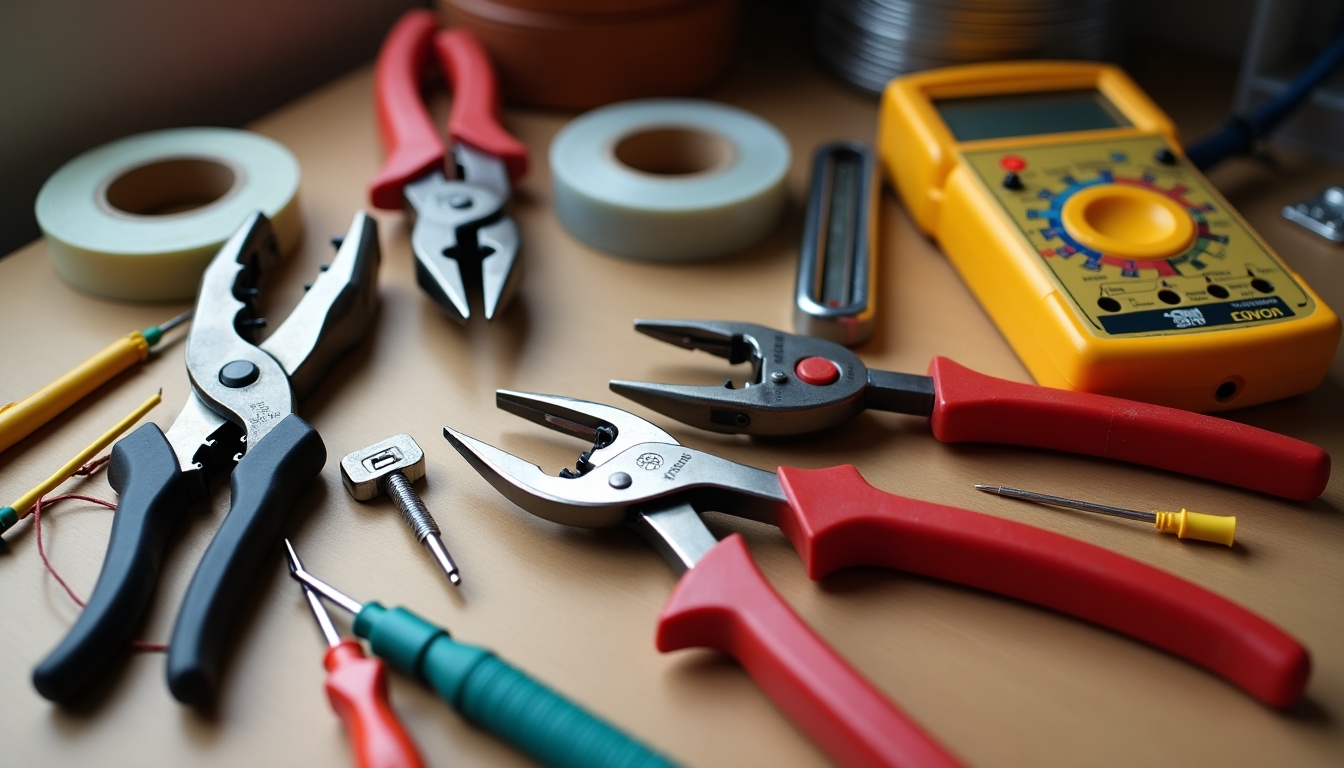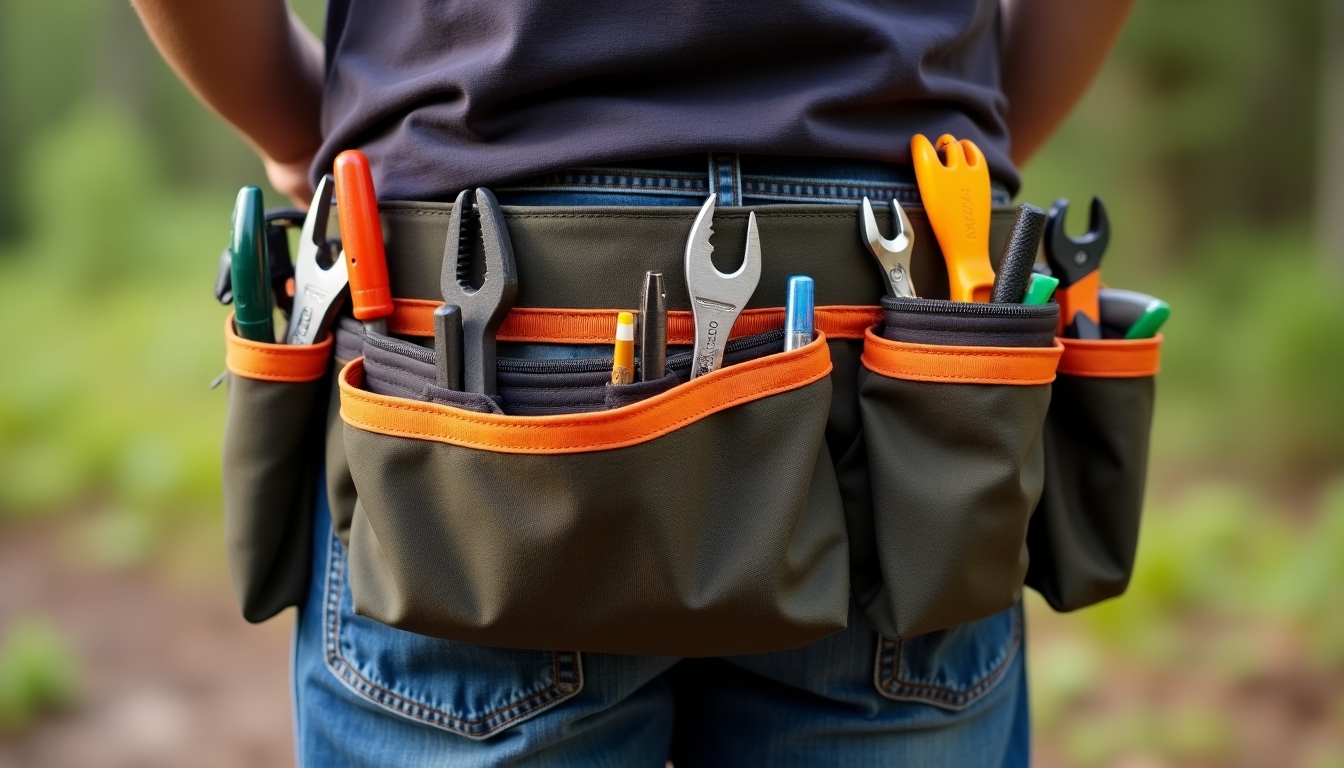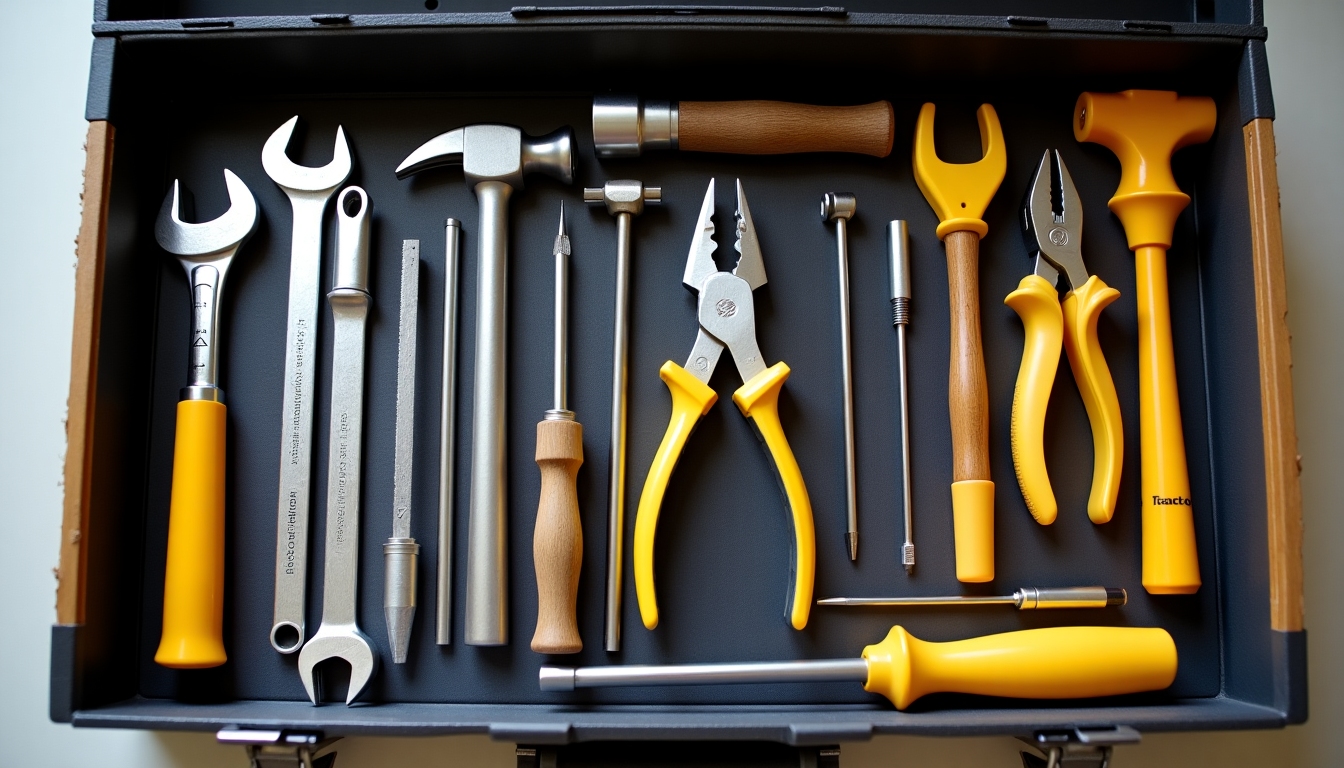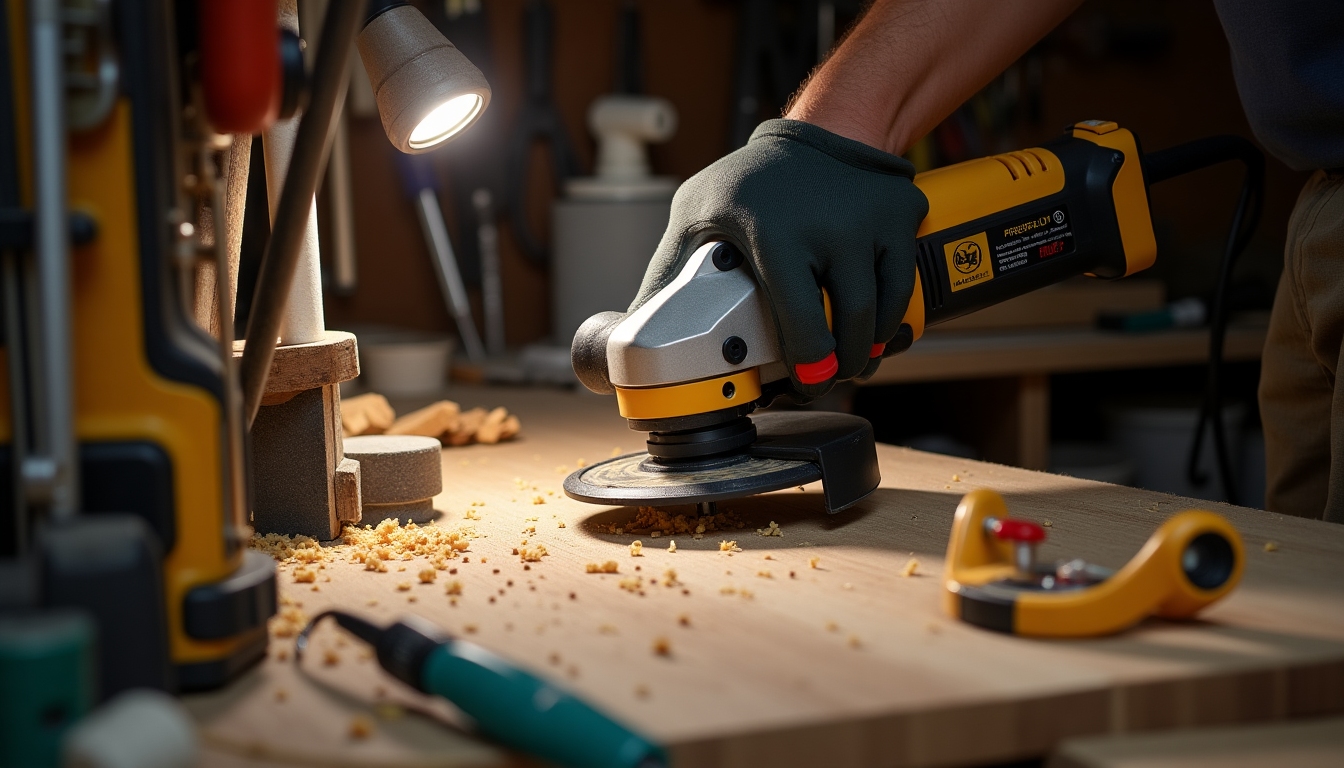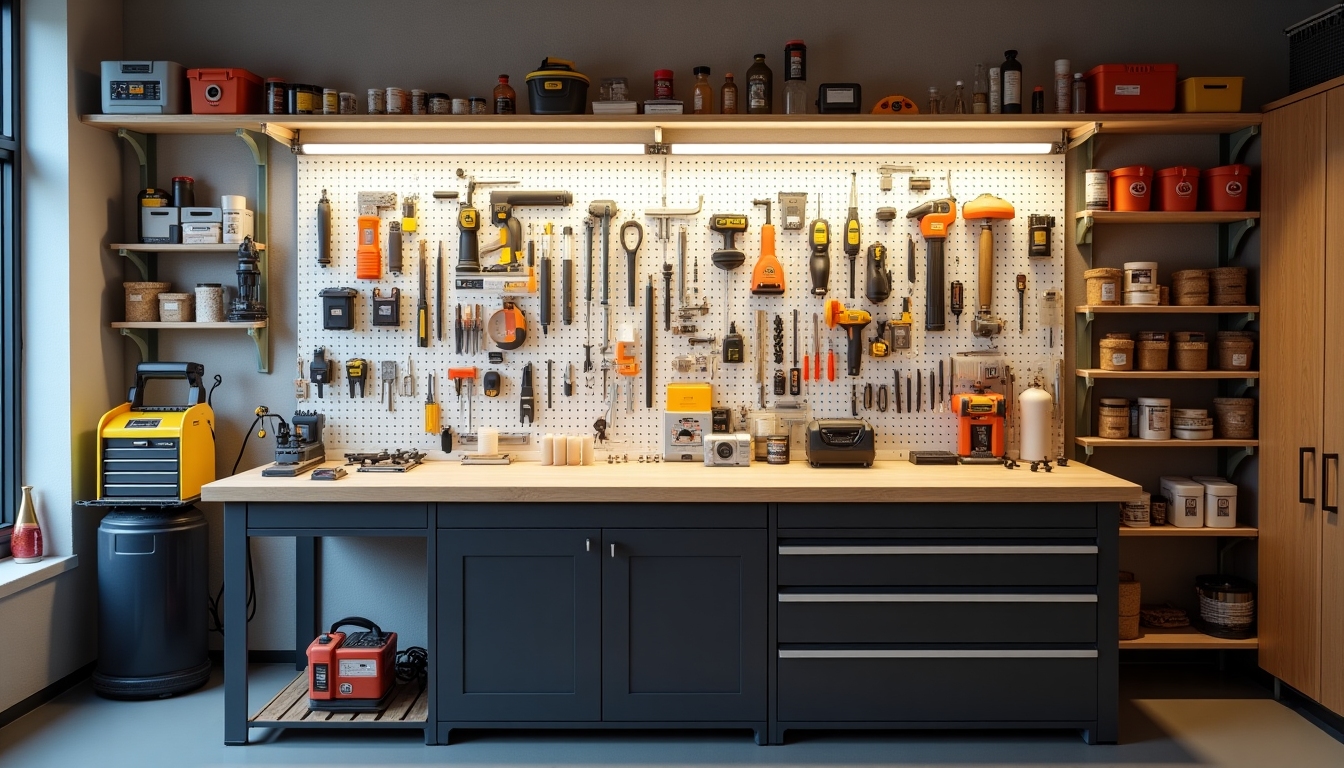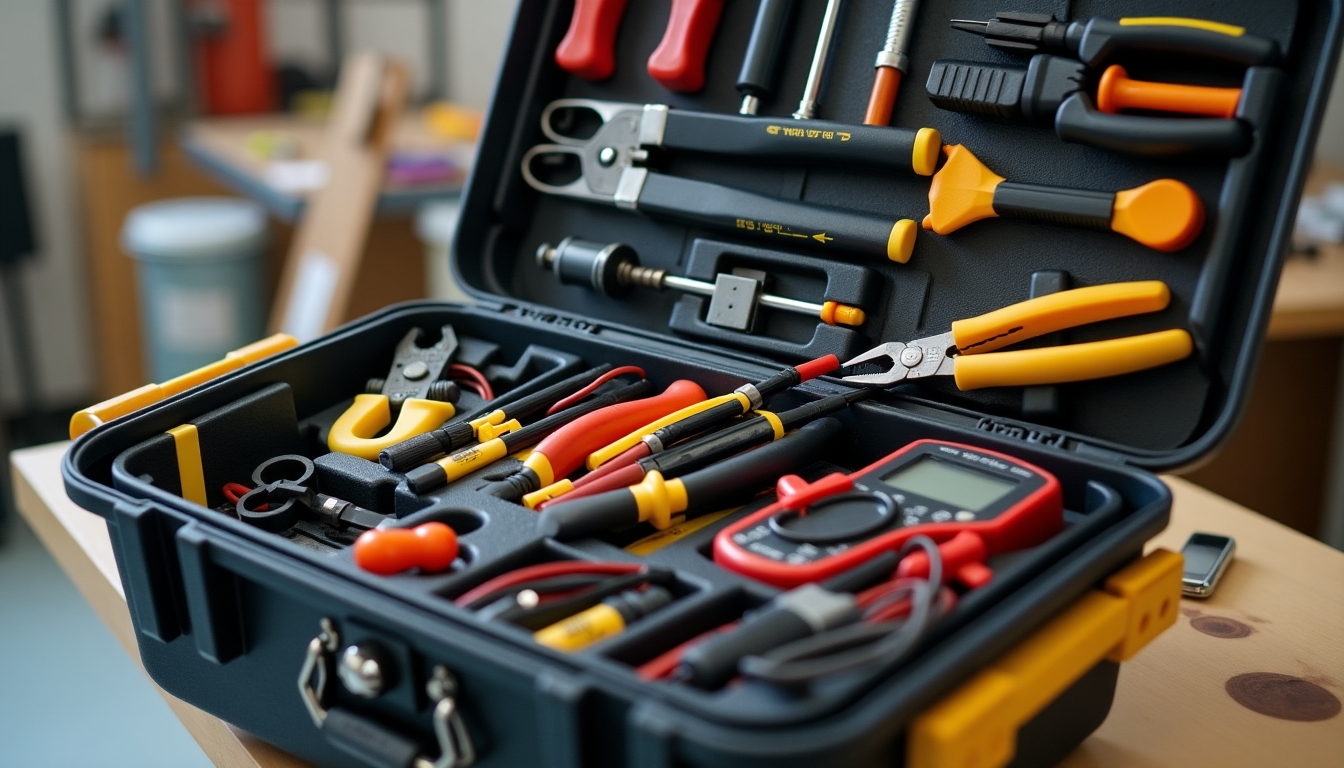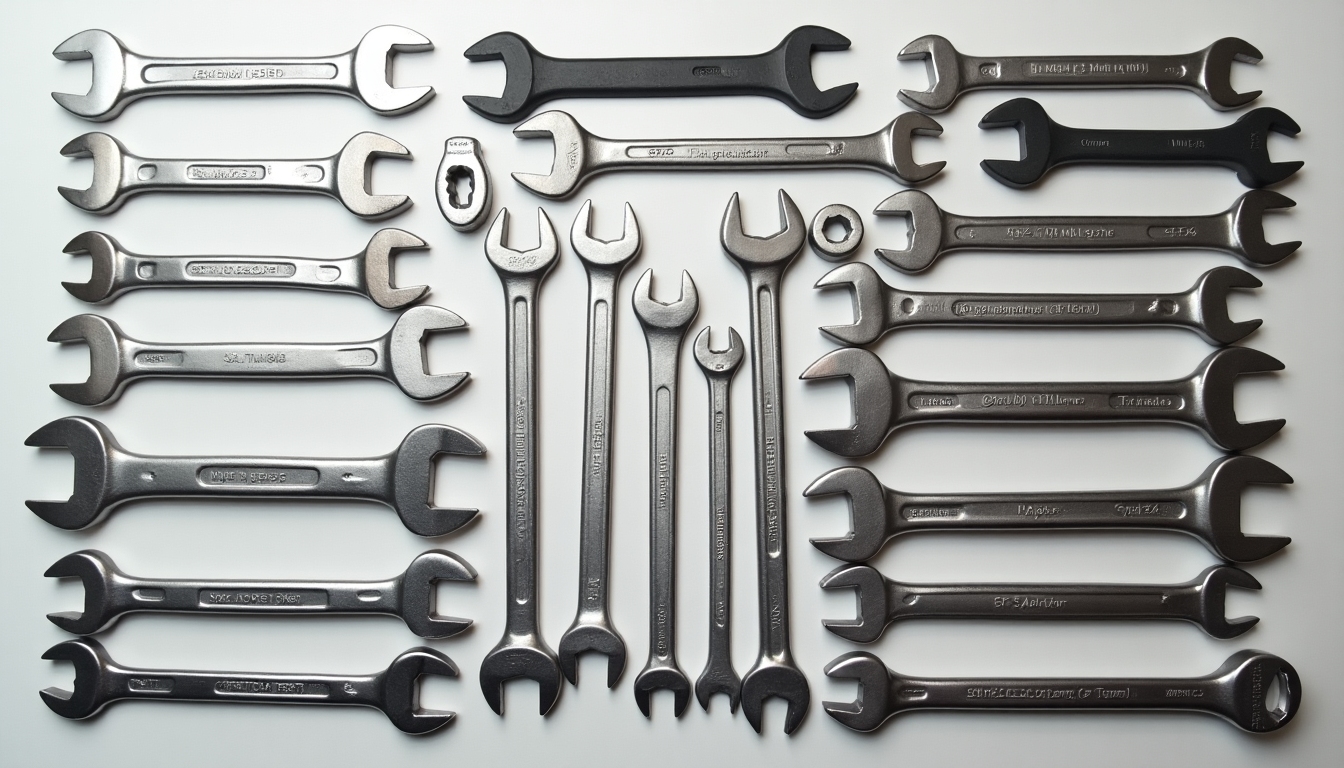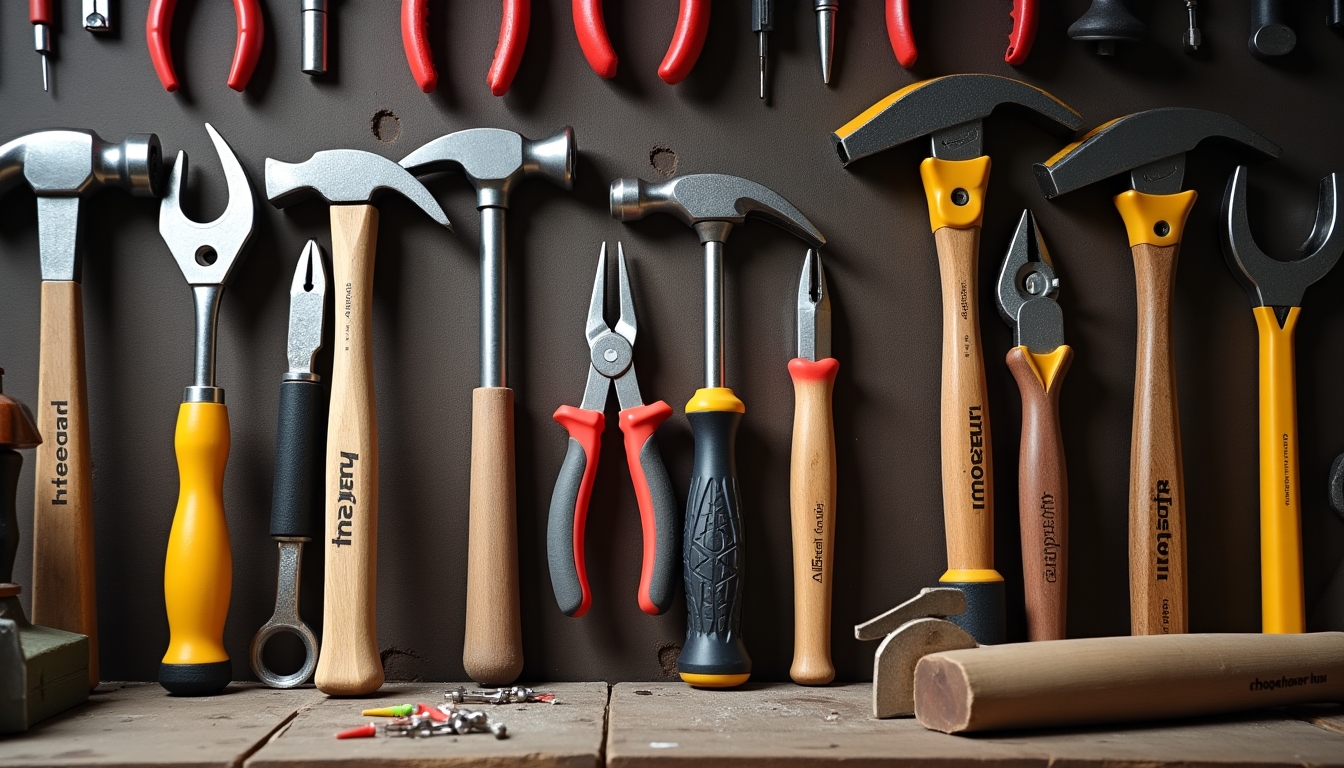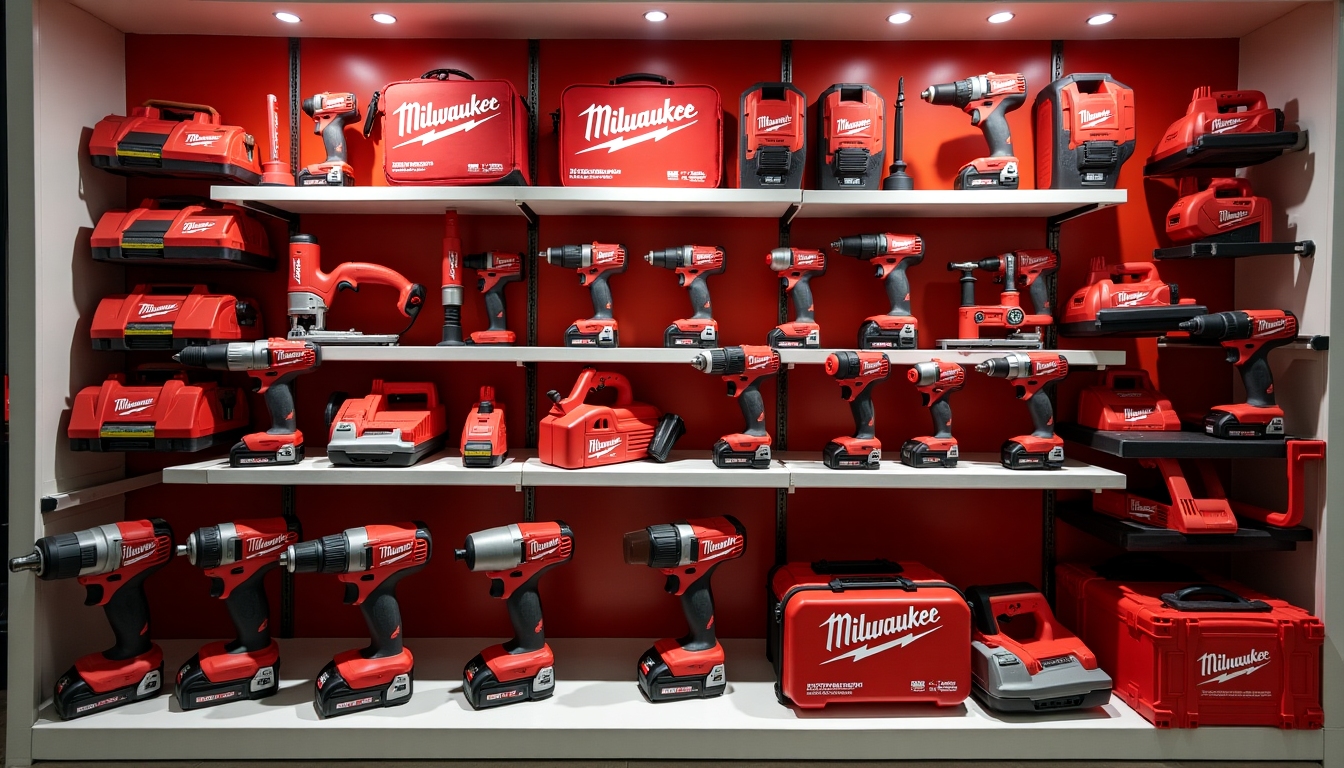Electrical Tools for Troubleshooting and Repair: Essential Guide
Harness the power of knowledge to select and use the best electrical tools for troubleshooting and repair, optimizing your workflow and ensuring safety.
Navigating the world of electrical tools can be daunting, especially for those new to troubleshooting and repairs. Whether you're a professional electrician or a DIY enthusiast, having the right tools can spell the difference between success and frustration. This guide will walk you through essential electrical tools, why they're vital, and how to use them effectively.
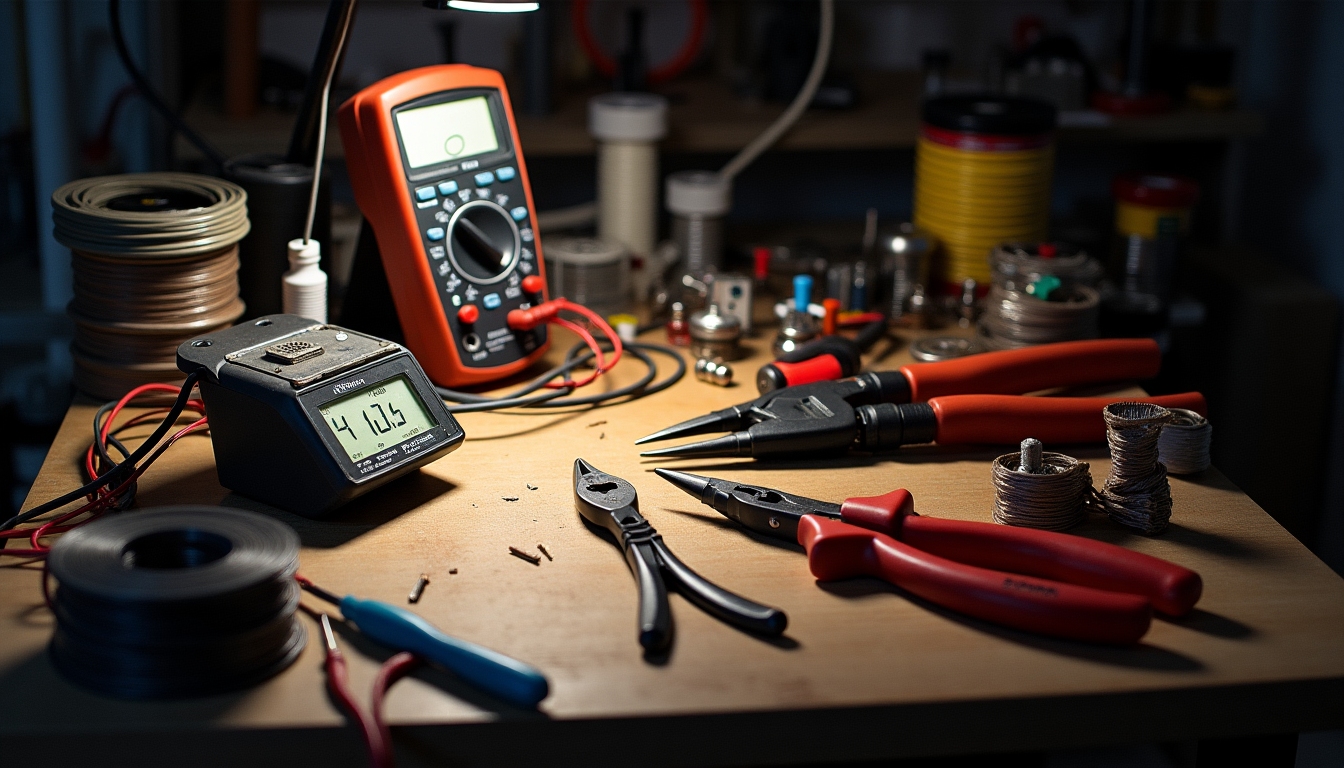
Understanding Electrical Tools
Electrical tools are specifically designed to handle the complexities of electrical systems. They ensure both accuracy in diagnosing issues and safety while performing repairs. Commonly used tools include multimeters, wire strippers, and circuit testers. Let's delve into their specifics:
- Multimeters: These are invaluable tools for measuring voltage, current, and resistance. With just a bit of practice, you'll master diagnosing problems in circuits effectively.
- Wire Strippers and Cutters: Essential for preparing wires for connections. They help cleanly strip away the insulation without damaging the core wire.
- Circuit Testers: Use these to confirm the presence or absence of electricity in a circuit.
The key to optimizing your efforts is knowing when and how to use these tools effectively.
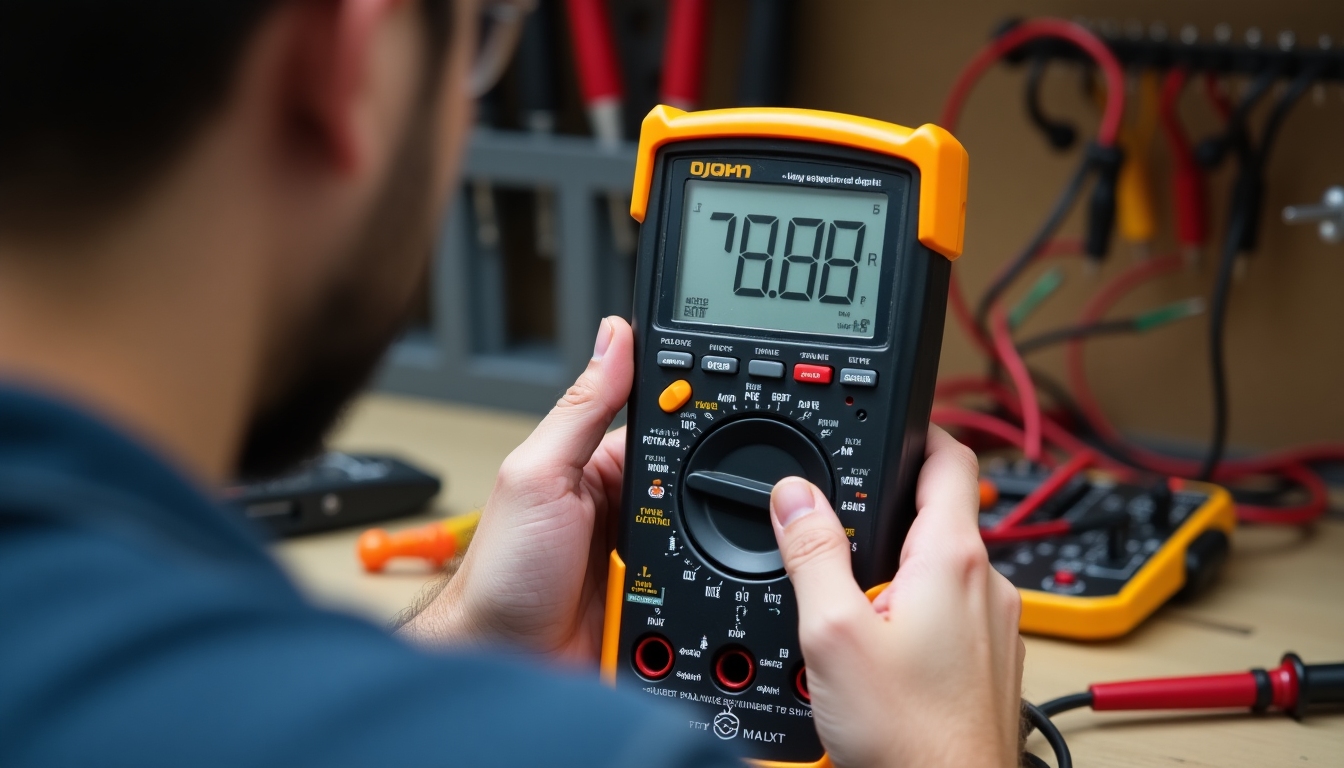
Building Your Toolkit
When putting together your toolkit, start with the basics:
- Screwdriver Set: Insulated for safety, ideal for attaching electrical boxes or opening panels.
- Pliers: Needle-nose pliers are versatile; lineman's pliers provide added grip and cutting ability.
- Voltage Detector: Ensures that circuits are de-energized before working on them.
These workman tools are staples for any repair or installation task. Safety should always be a priority; thus, investing in tools with solid insulation is crucial.
Personal Insight: "In my experience, carrying a compact kit with these essentials has saved countless hours and avoided many potential electrical mishaps."
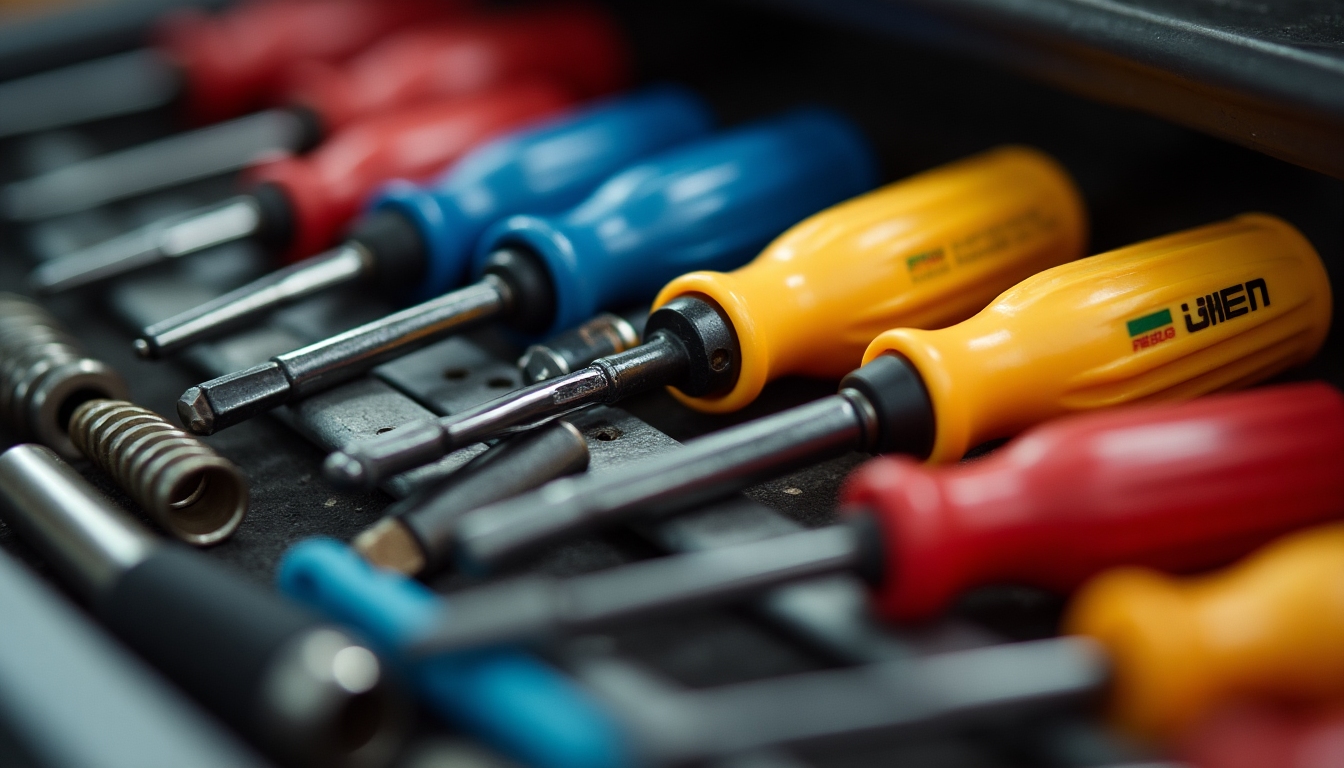
Handling Repairs Safely
Safety is non-negotiable in electrical work. Here are some actionable tips:
- Always check for power before starting with any repair.
- Use insulated tools to minimize the risk of electric shock.
- Follow lockout/tagout procedures in industrial settings to ensure no accidental re-energization.
- Wear protective gear, including gloves and goggles.
Successful troubleshooting hinges not only on having the right tools but also on adhering to best safety practices.
Learning from Experience
Mistakes in electrical work can be costly, but they often lead to valuable learning experiences. As a novice, I once used an uninsulated screwdriver which nearly resulted in a nasty shock. From that day, I've made insulation a non-negotiable feature for all hand tools in my kit.
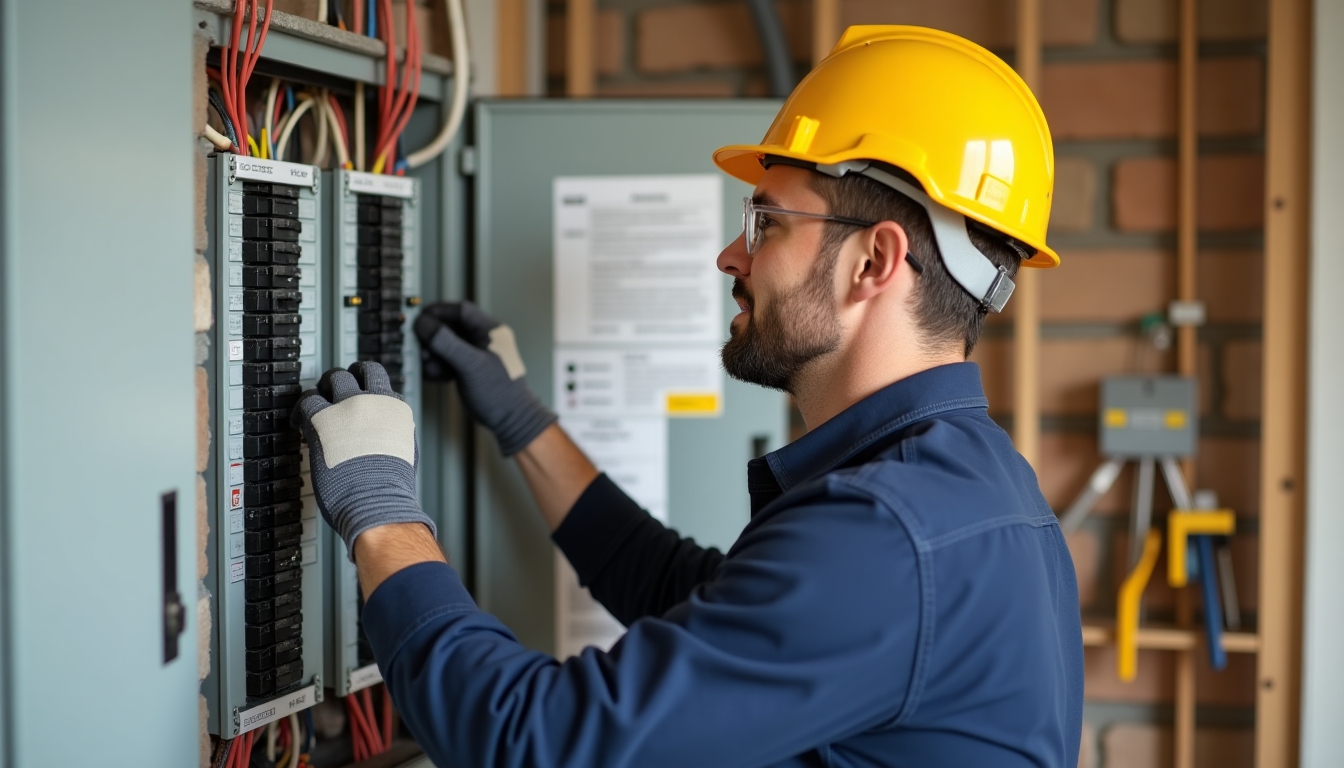
Final Words
Being prepared with the right electrical tools for troubleshooting and repair makes any job manageable and keeps you safe. Create a versatile toolkit and continue enhancing your skills with each project you undertake. Remember, staying informed and vigilant separates the amateurs from the professionals.
For those eager to dive deeper into the world of electrical repairs, consider exploring these insightful resources:
Related electrical tools for troubleshooting and repair:
- Comprehensive Guide to Workman Tools for Beginners
- Understanding Multimeters: Features and Usage
- Ultimate Guide to Workman Tools for Electrical Work
- Must-Have Tools in a Painter's Toolkit
- Tool Belts with Customizable Pockets: Enhance Your Workflow
- Essential Maintenance Tips for Workman Tools
- Master Oscillating Tools for Tight Spaces: A Comprehensive Guide
- Exploring Ergonomic Workman Tools for Today's Craftsmen
- Essential Workman Tools for Electricians and Plumbers
- How to Choose the Right Wrench Size
- High-Quality Workman Tools: A Professional's Guide
- A Guide to Popular Brands for Workman Tools


